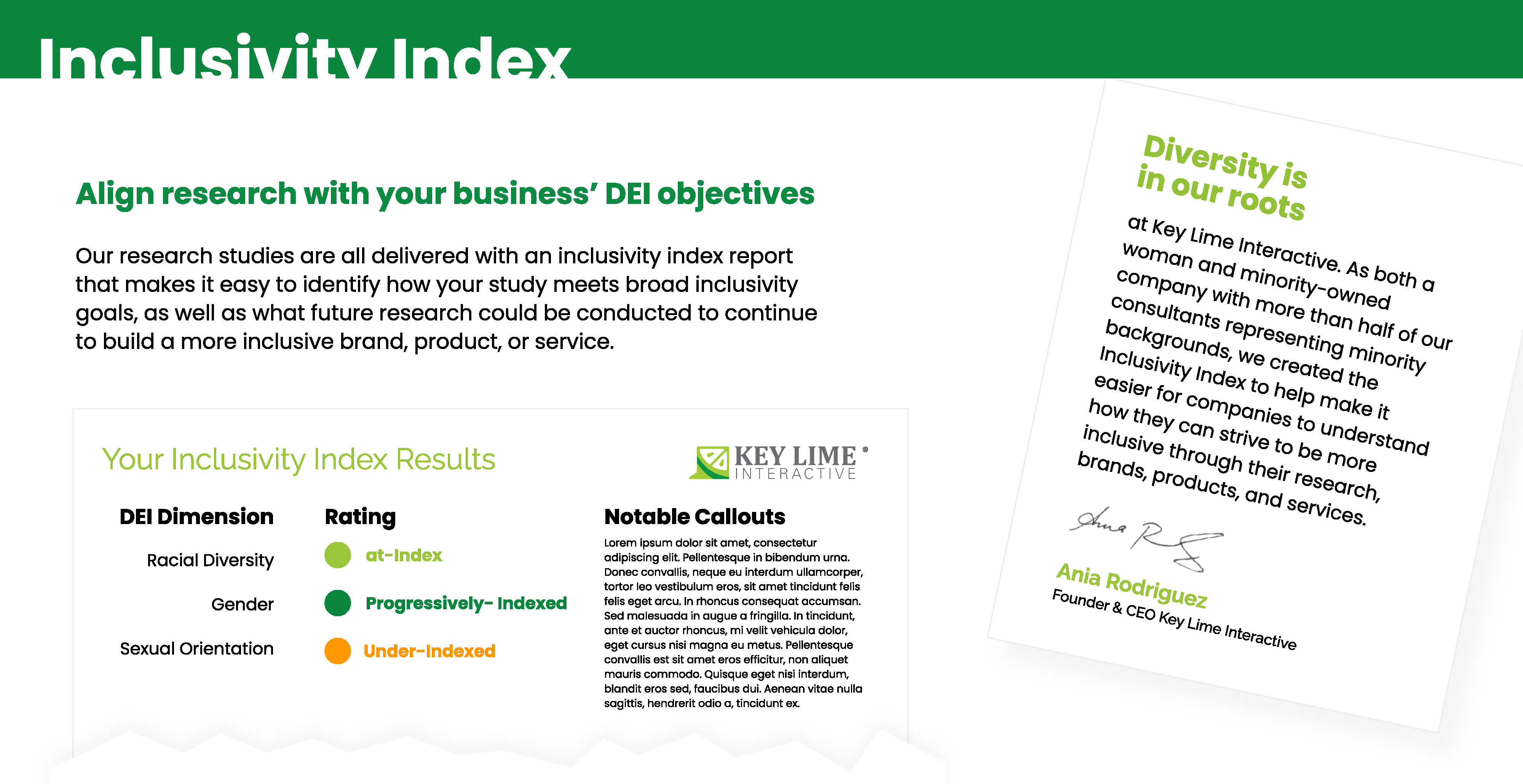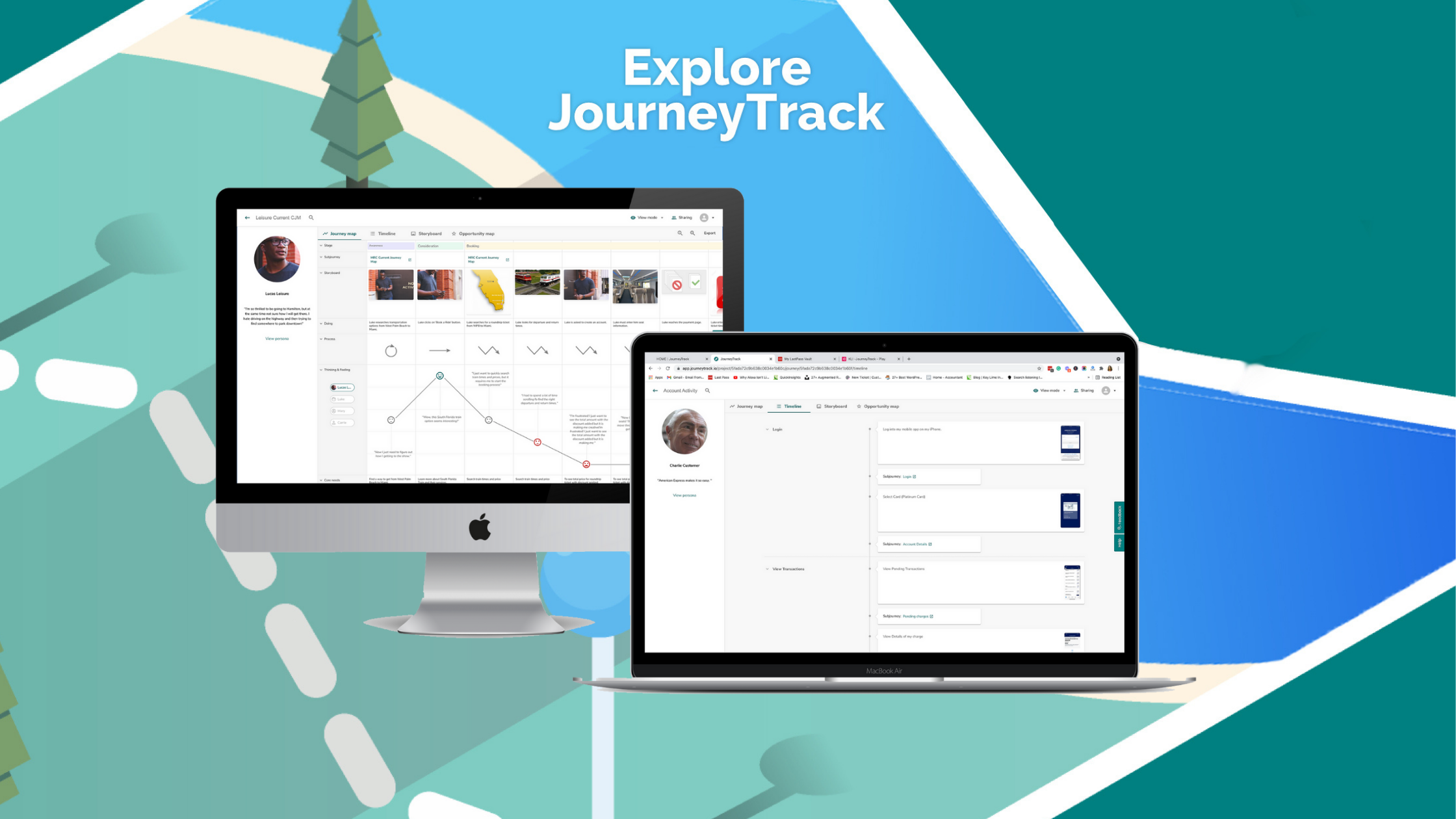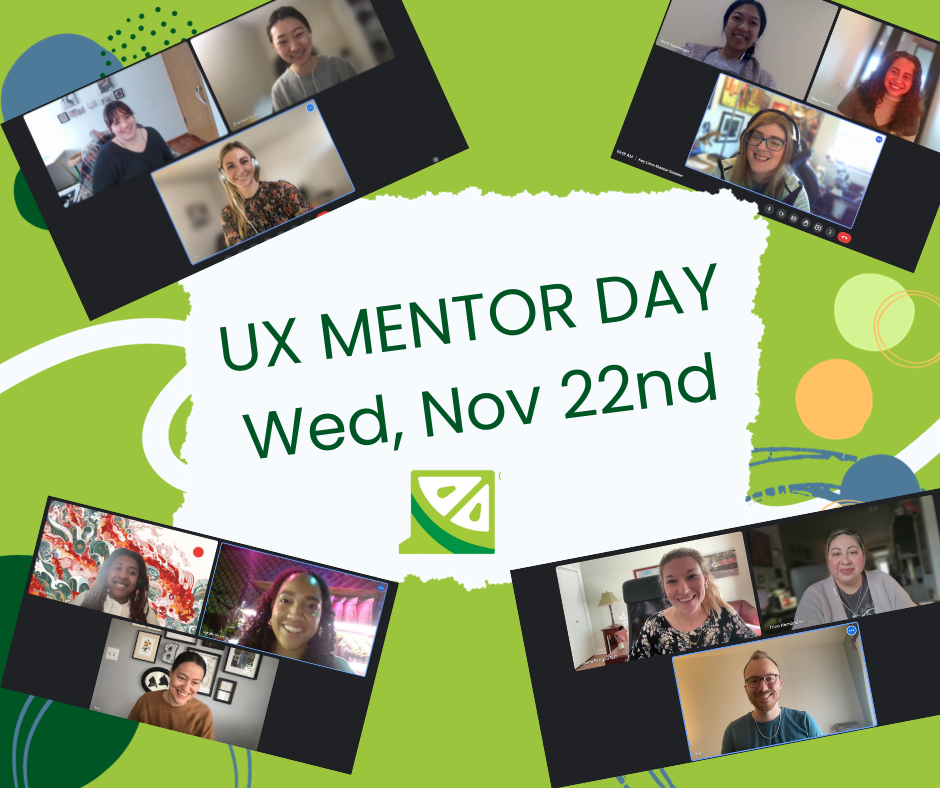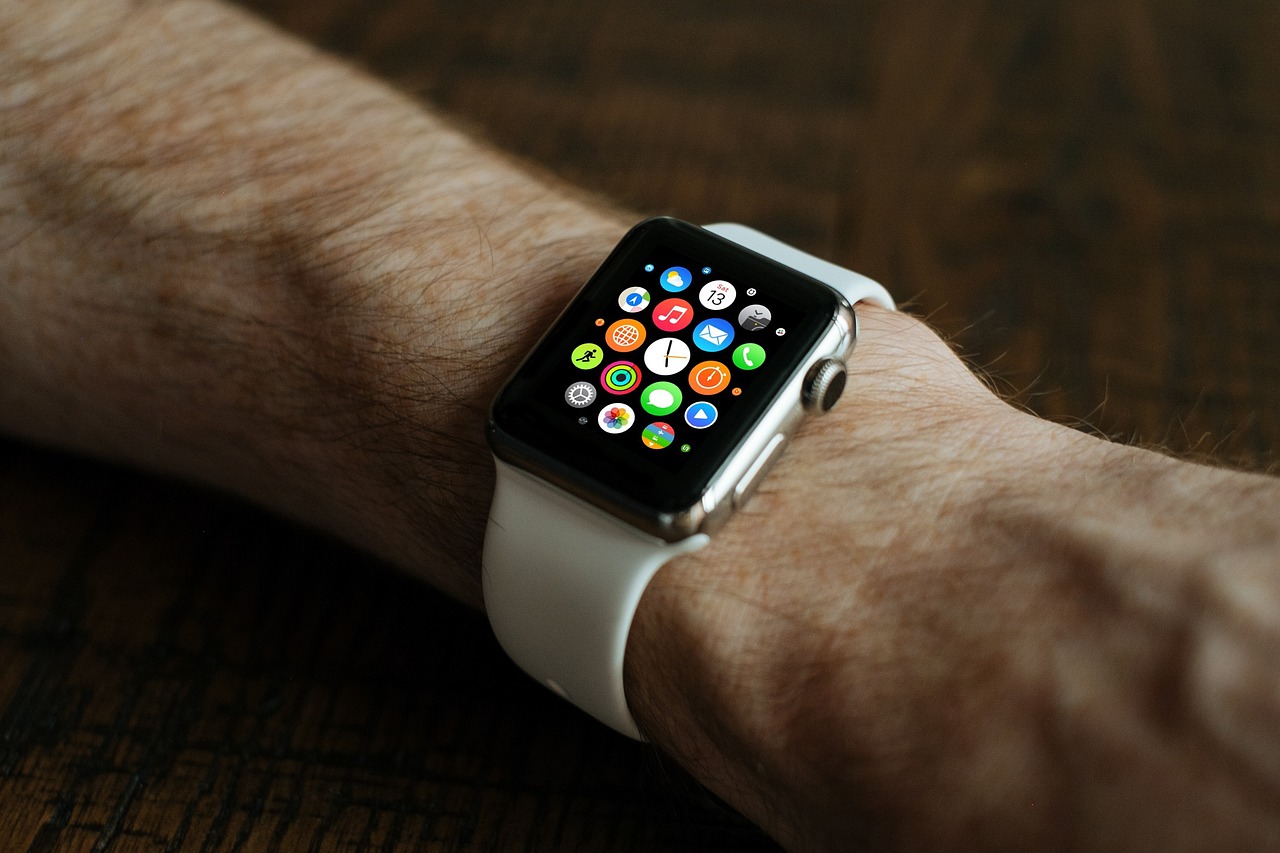

From VR (virtual reality), AR (augmented reality), UI (user interface), to the future and beyond, we have compiled a list of some worthwhile reads regarding the field of UX and technology. Whether you are looking to spend this summer nerding out, or simply in dire need of some good summer reading list whilst lounging poolside, we’ve got you covered.
- Whiplash: How to Survive Our Faster Future
Authors: Joi Ito and Jeff Howe
“Our technologies have outpaced our ability, as a society, to understand them. We have to catch up” - Jeff Howe
Technology seems to be developing faster than we can keep up; it feels like we just got the latest model of a smartphone when there are already new versions coming out. How do we navigate a world that is becoming faster, cheaper and smaller and how do these changes impact our society? How will these changes in communication and technology affect the way in which understand and exist within the business sector? Ito and Howe organize case studies as well as leading research from MIT Media Lab to create a series of organizing principles to help you navigate and succeed within our faster future. - Weapons of Math Destruction: How Big Data Increases Inequality and Threatens Democracy
Author: Cathy O’Neil
All around us, numbers are carefully woven into our day to day lives as we have become used to relying on big data analytics to solve our problems. Data analytics are used for everything now, from which elementary school children should attend to helping political campaigns. It is believed that relying upon mathematical models should ultimately increase fairness since bias is eliminated and everything is judged through the same algorithms. But do they really promote fairness? Could these “Weapons of Math Destruction” actually be reinforcing forms of social discrimination? O’Neil, Ph.D., data scientist as well as the author of the blog ‘mathbabe.org’, explores the dark side of ‘Big Data” - The Best Interface is No Interface
Author: Golden Krishna
It seems that everywhere we look now we are surrounded by screens. From our mobile devices to our LCD touch screen soda machines, we have created a slight obsession with the digital interface. This addictive distraction distracts users from interacting with the world and those around them. Innovator Golden Krishna highlights our current unhealthy relationship with screens and examines the various ways in which we can move into a technologically advanced world that doesn’t rely solely on digital interfaces. He describes how to move towards creating more meaningful innovations and an ultimately better user experience that doesn’t take away from the users. Thusly, there is not an app for this book. - The Fourth Transformation
Author: Robert Scople and Shel Israel
From what we can tell, it is pretty clear that Virtual Reality and Augmented Reality are going to have a pretty large impact on our relationship with technology in the future. But just how big? What will our future look like when we no longer rely on things like our mobile devices, but rather a pair of glasses? Robert Scople’s book compiles two years of research and roughly 400 interviews with technologist and business decision makers alike in regards to the ways in which AR and VR are currently being used, and what their future uses will look like. - The Signals Are Talking: Why Today’s Fringe is Tomorrow’s Mainstream
Author: Amy Webb
“The future is not predetermined, but rather woven together from numerous threads that are themselves being woven in the present”- Amy Webb
How will innovations such as self-driving cars change our world and our lives? What about drones, biohacking, and AI? And what exactly does this all mean for the future? Amy Webb, futurist and founder of the Future Today Institute consultancy, examines just how trends in digital technology will develop and shape the future world we live in. Webb’s book analyzes the various current technological trends and explains how to distinguish a trend that is here to stay or what is merely a passing fad. This distinction is critical because it is the ‘real trends’ that make it mainstream and ultimately have a long term effect - or potential consequence - on our world of tomorrow.
READ MORE: Whats The Difference Between VR, AR, and MR, Zero UI, What you Should Know About it, What is Datafication?, The Idea Behind Rapid Prototyping











Comments
Add Comment